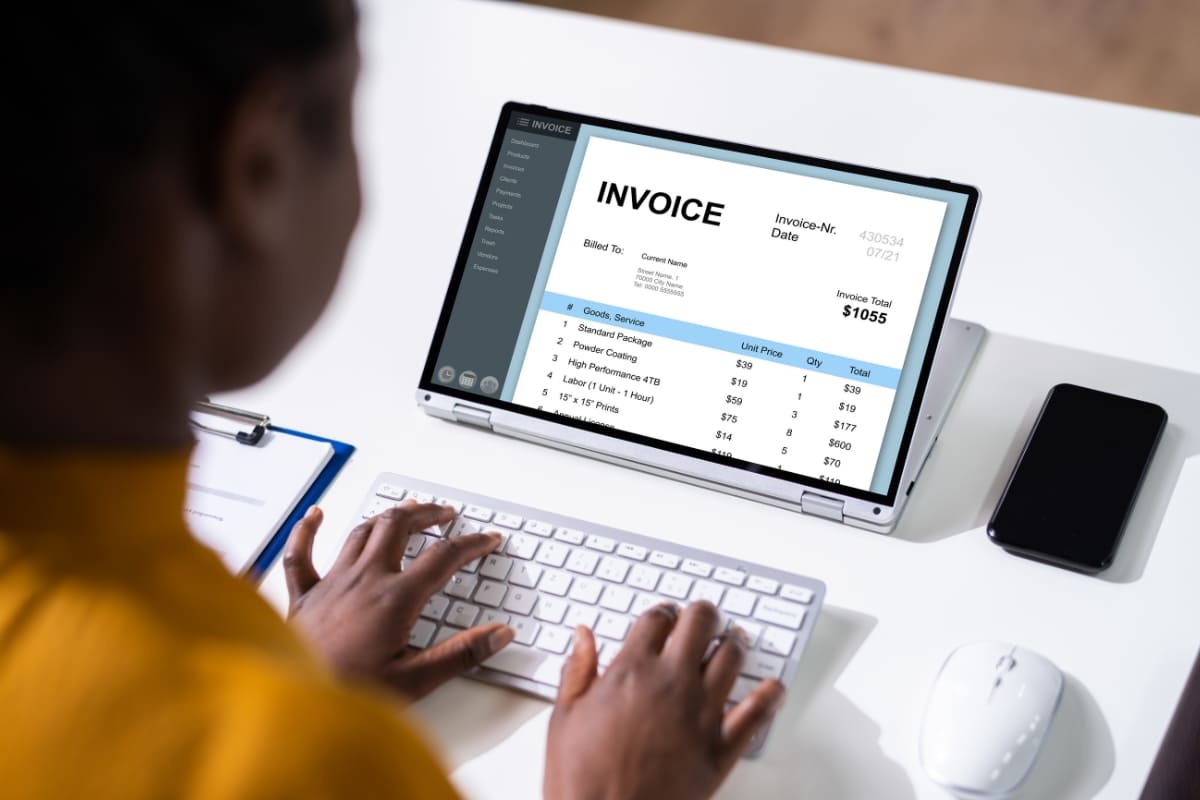Tax Software
Tax season can be a stressful time for many individuals and businesses. However, with the advent of tax software, the process has become significantly more manageable, efficient, and accurate. In this guide, we’ll explore the world of tax software, its benefits, and how to choose the right one for your tax filing needs.
What Is Tax Software?
Tax software, also known as tax preparation software, is a computer program or online application designed to assist individuals and businesses in preparing and filing their income tax returns. These software solutions are user-friendly and equipped with features to streamline the tax preparation process.
Benefits of Using Tax Software
-
Accuracy: Tax software is designed to perform complex calculations accurately, reducing the risk of errors on your tax return.
-
Time Savings: The intuitive interface and automation features of tax software can significantly speed up the tax preparation process.
-
E-Filing: Most tax software allows for electronic filing (e-filing), which is faster, more secure, and often results in quicker refunds.
-
Access to Forms: Tax software typically provides access to a wide range of tax forms, making it suitable for various tax situations, from simple to complex.
-
Guidance and Help: Many tax software programs offer step-by-step guidance and explanations to assist users in completing their tax returns correctly.
-
Calculations and Deductions: These programs can help you identify deductions and credits you may qualify for, potentially reducing your tax liability.
Choosing the Right Tax Software
-
Determine Your Needs: Assess your tax situation. Do you have a straightforward return, or do you have complex income sources, investments, or business activities? Choose software that aligns with your needs.
-
User-Friendly Interface: Look for software with an intuitive interface and easy navigation, especially if you’re not a tax expert.
-
Security: Ensure that the software provider employs strong security measures to protect your personal and financial information.
-
Pricing: Consider the cost of the software, including any additional fees for e-filing, state returns, or customer support.
-
Customer Support: Check if the software offers customer support through phone, chat, or email. Timely assistance can be invaluable if you encounter issues.
-
Reviews and Ratings: Research and read reviews from other users to gauge the software’s reliability and user satisfaction.
Common Types of Tax Software
-
Desktop Software: Installed on your computer, desktop tax software is suitable for individuals and businesses with more complex tax situations. Examples include TurboTax and H&R Block.
-
Online Software: Web-based tax software allows you to complete your return entirely online. It’s user-friendly and suitable for various tax scenarios. Examples include TaxAct and FreeTaxUSA.
-
Professional Software: Designed for tax professionals and accountants, these programs are capable of handling complex tax situations and multiple clients. Examples include Drake Tax and ProSeries.
-
Free Software: Some providers offer free versions of their software for simple tax returns. These can be a cost-effective option for individuals with straightforward tax situations.
Conclusion: Simplify Your Tax Filing Process
Tax software has revolutionized the way individuals and businesses prepare and file their tax returns. By choosing the right tax software for your needs and taking advantage of its features, you can streamline the tax preparation process, reduce errors, and ensure compliance with tax laws. Whether you have a simple or complex tax situation, exploring the world of tax software can make tax season a less daunting and more efficient experience.
อ่านบทความทั้งหมด >>> Accounting Office
Accounting service Tel.084-343-8968 (POND)



